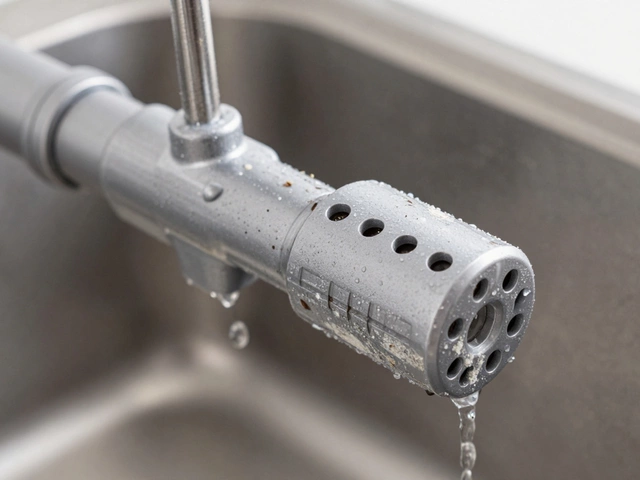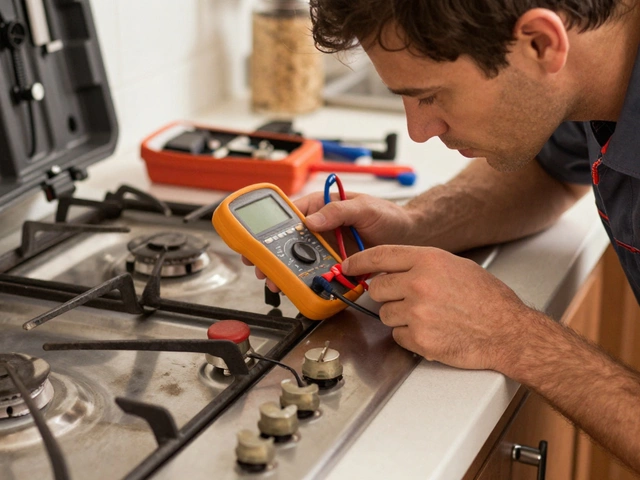Understanding Washing Machine Age: What It Means for Your Home
When talking about Washing Machine Age, the length of time a washing machine has been in service, usually measured in years or cycles. Also known as machine lifespan, it helps you decide if a repair is worth it or if a new unit makes more sense.
It sits inside a broader Appliance Lifespan, the expected useful life of any household appliance based on design, usage and care. How long a washing machine stays reliable is a piece of that overall picture. A related factor is the Maintenance Schedule, a routine of cleaning, checking hoses and filters, and addressing odd noises early. Stick to a good schedule and you can push the age curve further. Finally, the Repair Cost, the price you pay to fix a fault, including parts and labour often rises as the machine gets older, making the age a key driver in the repair‑vs‑replace decision.
Typical Age Ranges and What Pushes Them Higher
Most modern washers are built to last between eight and twelve years. washing machine age isn’t just a number; it reflects how often you spin, the water hardness in your area, and whether you’ve kept the drum clean. Heavy‑duty users who do laundry daily can shave a couple of years off that range, while a family that washes twice a week may see the machine run closer to its upper limit. The frequency of overloads, using the wrong detergent type, and skipping the lint filter clean‑out are all habits that accelerate wear.
Water quality matters, too. Hard water leaves mineral deposits on the drum and heating element, forcing the motor to work harder. When you combine that with a lax maintenance schedule, the age‑related breakdowns start appearing sooner. Common signs of an aging washer include longer cycle times, louder spins, and water that doesn’t drain properly. These symptoms point to the internal seals, bearings or pump losing efficiency – all age‑related wear points.
Understanding these factors lets you map a realistic timeline for your own appliance. If you’ve had your washer for nine years but keep up with cleaning the filter, checking hoses for bulges, and using a water softener, you’re more likely to avoid costly repairs. Conversely, ignoring those simple steps can turn a ten‑year‑old machine into a money‑sucking repair project.
When Repair Costs Outweigh Age Benefits
The key question most homeowners face is: should I fix it or buy a new one? The answer lives at the intersection of washing machine age and repair cost. A rule of thumb is that if the repair bill exceeds 50 % of the price of a comparable new model, it’s time to replace. This threshold shifts a bit depending on energy efficiency. Newer washers use less water and electricity, so the long‑term savings can justify a higher upfront cost.
Another angle is safety. Older machines may have worn electrical components or corroded drum bearings that could cause leaks or even fires. If the age pushes the machine into the decade‑plus range, the risk of hidden failures rises. In those cases, the repair cost is not just a number; it’s a proxy for potential future hazards.
For many, the decision also ties back to the maintenance schedule you’ve kept. A well‑maintained twelve‑year‑old unit might still be cheaper to repair than swapping for a mid‑range model, especially if the fault is a single part like a pump. But a neglected machine with multiple failing parts—say, a broken motor and a cracked tub—usually signals the end of its practical life.
Practical Tips to Gauge Your Washer’s Age and Condition
Before you call a technician, run a quick self‑check. First, locate the serial number tag—often on the door frame or back panel—and note the manufacturing date. If the tag shows a year older than ten, start leaning toward replacement unless you’ve seen none of the typical age‑related symptoms.
Next, inspect the hoses for soft spots or bulges and replace them every five years regardless of age. Look inside the drum for rust, cracks or unusual odors; those are red flags that the tub is wearing out. Run a short hot cycle with a cleaning tablet to see if water drains cleanly; lingering debris points to pump wear.
Listen for new sounds. A high‑pitched squeal usually means the bearings are failing—a repair that can be pricey on an older model. Finally, check the energy label for the current rating; if your washer’s label is outdated, a newer, more efficient model could slash your bills.
By matching these observations with the age, you’ll have a clear picture of whether to schedule a repair, negotiate a better price, or start shopping for a replacement. The next section of this page lists detailed guides that walk you through diagnosing common faults, comparing repair versus replace costs, and maintaining your appliances so they stay younger for longer.
Below you’ll find a curated collection of articles that dive deeper into the topics we’ve just covered—everything from estimating repair costs to extending the life of your washer and other home appliances. Use them as a toolbox for making an informed decision about your washing machine’s future.
This article gets straight to the point about when a washing machine is considered old and what that means for its repair or replacement. You'll find out the typical lifespan most models actually last, common warning signs of aging, and money-saving repair tips. There are also facts about how technology and use habits shift the numbers. If you want to stretch the life of your machine or just know when to quit repairing, this guide covers the details.


